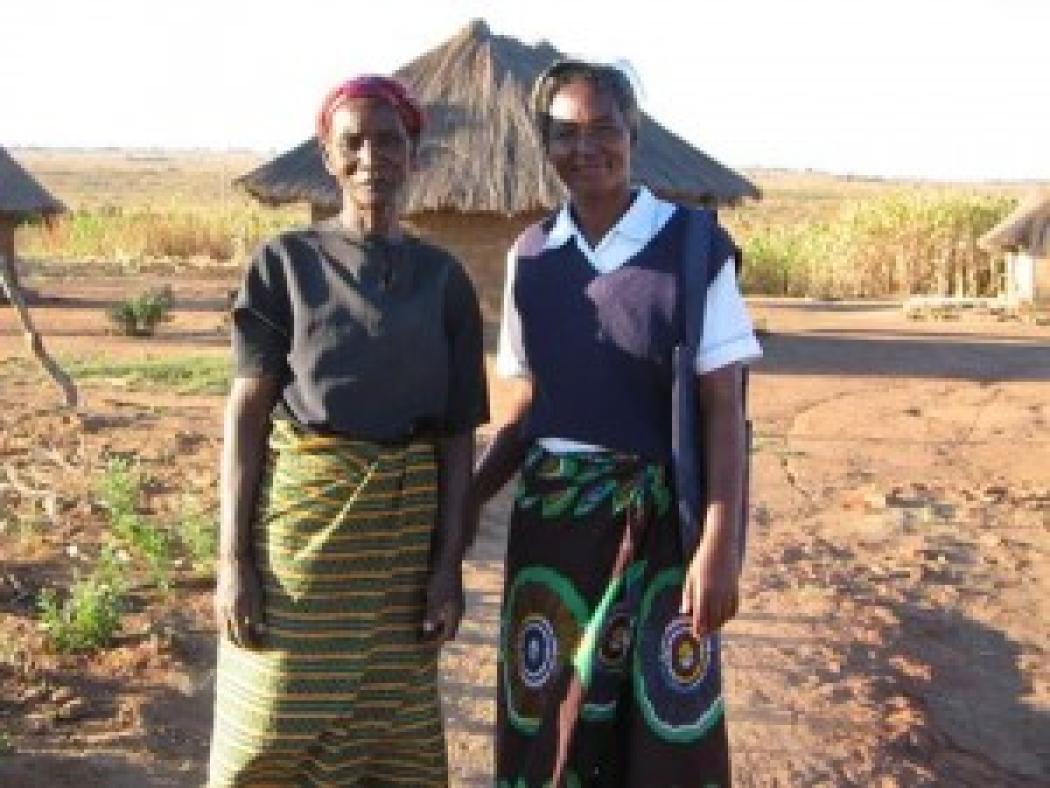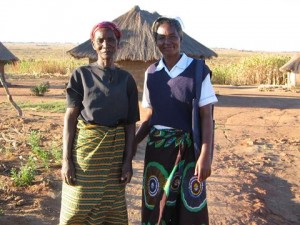Sustaining the Impact of Community Health Workers: Evidence from Health System Assessments

By: By Avril Ogrodnick, Abt Associates
Countries seeking to expand health services to the community-level to ensure equity of access to care frequently turn to community health workers (CHW) as an essential expansion of the health team. A variety of approaches to training, hiring and supporting community health workers have been implemented by countries, and there are many important lessons learned to be shared across countries.
Through the Health Systems 20/20 project, Abt Associates examined the approaches that countries are taking to expand services through training and deploying CHWs. Health Systems 20/20 completed 25 Health System Assessments, a rapid indicator-based methodology that determines the key strengths and weaknesses of a health system using a set of internationally recognized qualitative and quantitative indicators. The assessments found that a variety of approaches to utilizing CHWs are implemented by countries, from fully public and salaried employees to volunteers, and to autonomous, private providers who sell health and other products to generate income.
For example, in Angola, the government has recently reintroduced the CHW cadre, which existed until the civil war disrupted the health system. An estimated 6,000 CHWs have been trained in several separate initiatives by different organizations. CHW are responsible for home visits and community education and have strengthened the link between communities and health facilities.
In Uganda, the Living Goods model, launched in 2007, combines microfinance with the CHW concept. Village women are selected and trained to educate their communities on health promotion, sell health protection products door-to-door for a profit, and refer people to health facilities. Their first basket of products is obtained on credit, and the NGO provides close monitoring and supervision.
CHWs have been providing health services at the household/community level in Lesotho since 1975. The CHW program was adopted as a national strategy for PHC in 1979 following Lesotho’s participation at the 1978 Alma Ata Conference. Until 2008, CHWs received no remuneration, and their only benefit was free medical care for themselves and their immediate family. In 2008, the government took a step towards institutionalizing the community-based health service by paying CHWs a small monthly salary.
Perhaps the strongest example of CHWs is in Ethiopia, with the introduction of Community Health Extension Workers (CHEWs) at the local level in Kebeles under the Health Extension Program. CHEWs operate at the community level and are fully paid by the government. There are now four CHEWs per 10,000 people and their impact is witnessed throughout the health system. According to Mr. Bizayene, CEO of the referral Mekelle Hospital, maternal mortality is decreasing because of the CHEWs’ efforts; he has personally only seen one maternal mortality case the year the HSA was done.
Findings from the HSAs also informed the steps countries can take to ensure that CHW models are sustainable in the long term. Countries should first develop clear policies that define the specific roles and responsibilities of CHWs within the health system. CHWs also require sufficient funding, appropriate training to address the community’s burden of diseases, supervision from health professionals, and appropriate incentives.
The contribution CHWs make to the health system can be substantial. Further analysis of the lessons learned by countries implementing a CHW model is important to increasing the impact of these vital frontline health workers.

